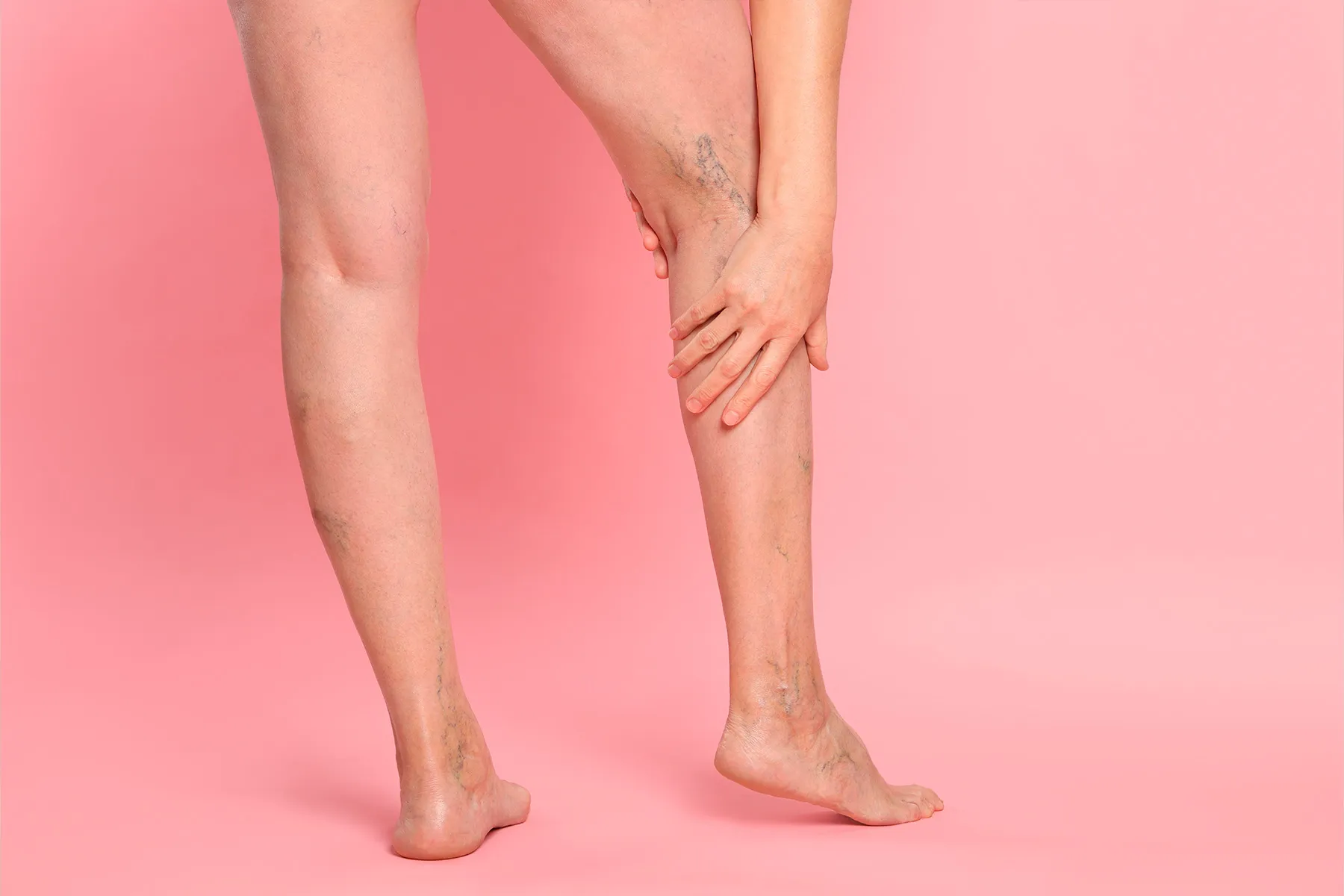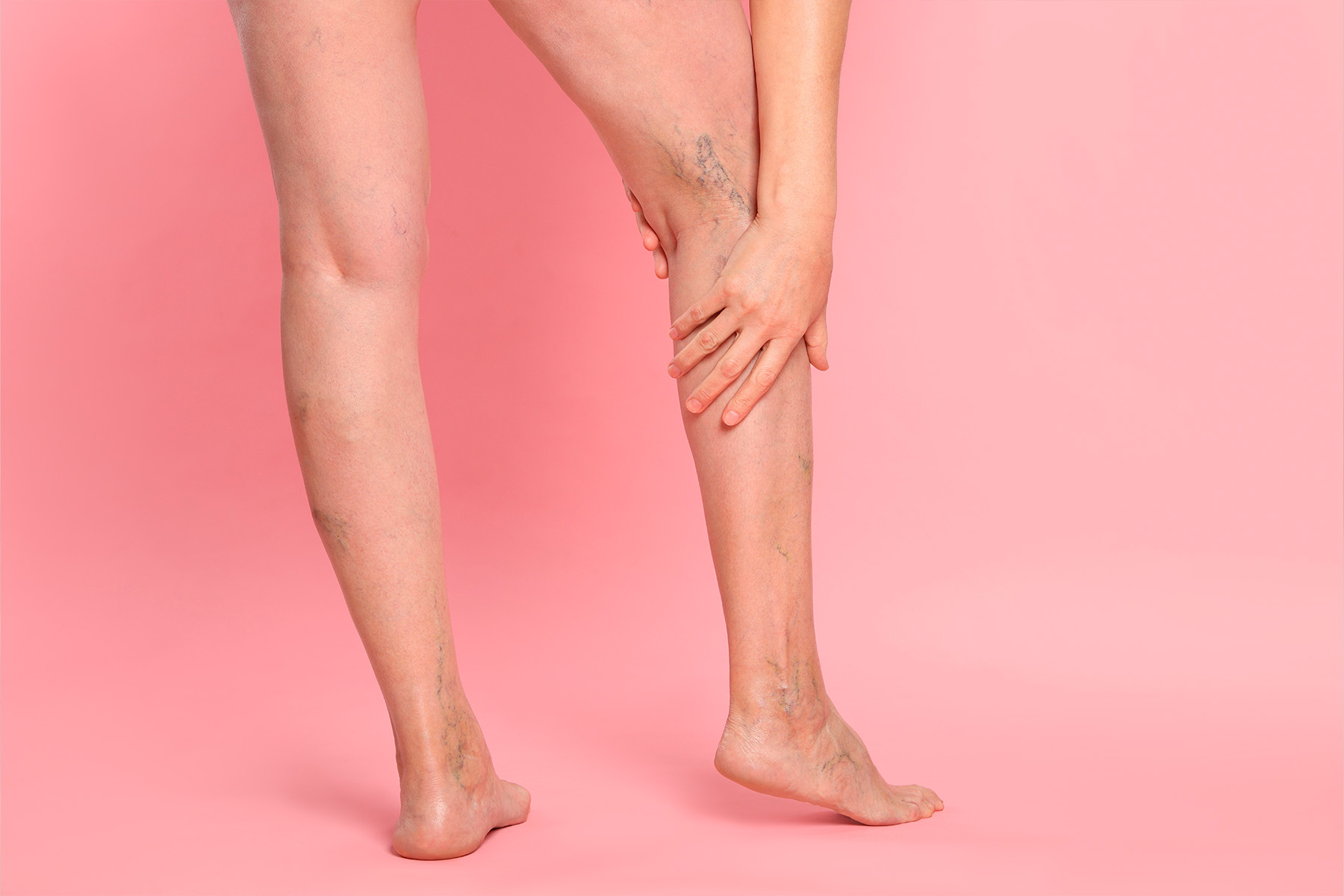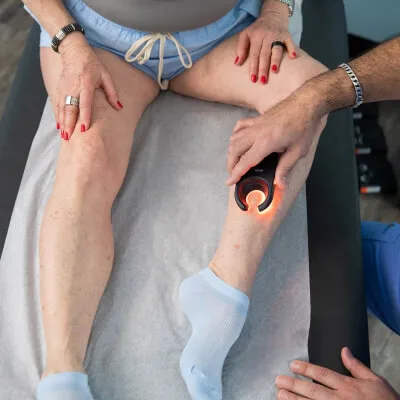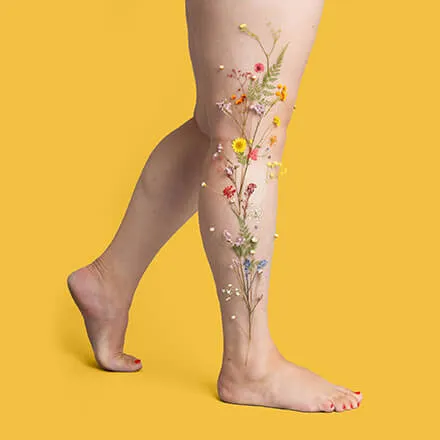Varicose veins, characterized by their twisted and bluish appearance, are often seen as merely a cosmetic concern. However, they can indicate serious underlying health issues, such as chronic venous insufficiency, heart disease, and diabetes. By recognizing the connection between varicose veins and these conditions, you can prioritize early intervention and seek treatment before the issues worsen.
Understanding Varicose Veins and Venous Insufficiency
When vein valves fail to function correctly, the normal one-way blood flow is disrupted, resulting in venous reflux. This condition can lead to issues such as spider veins and varicose veins. If left untreated, it may progress to chronic venous insufficiency, which can cause significant discomfort.
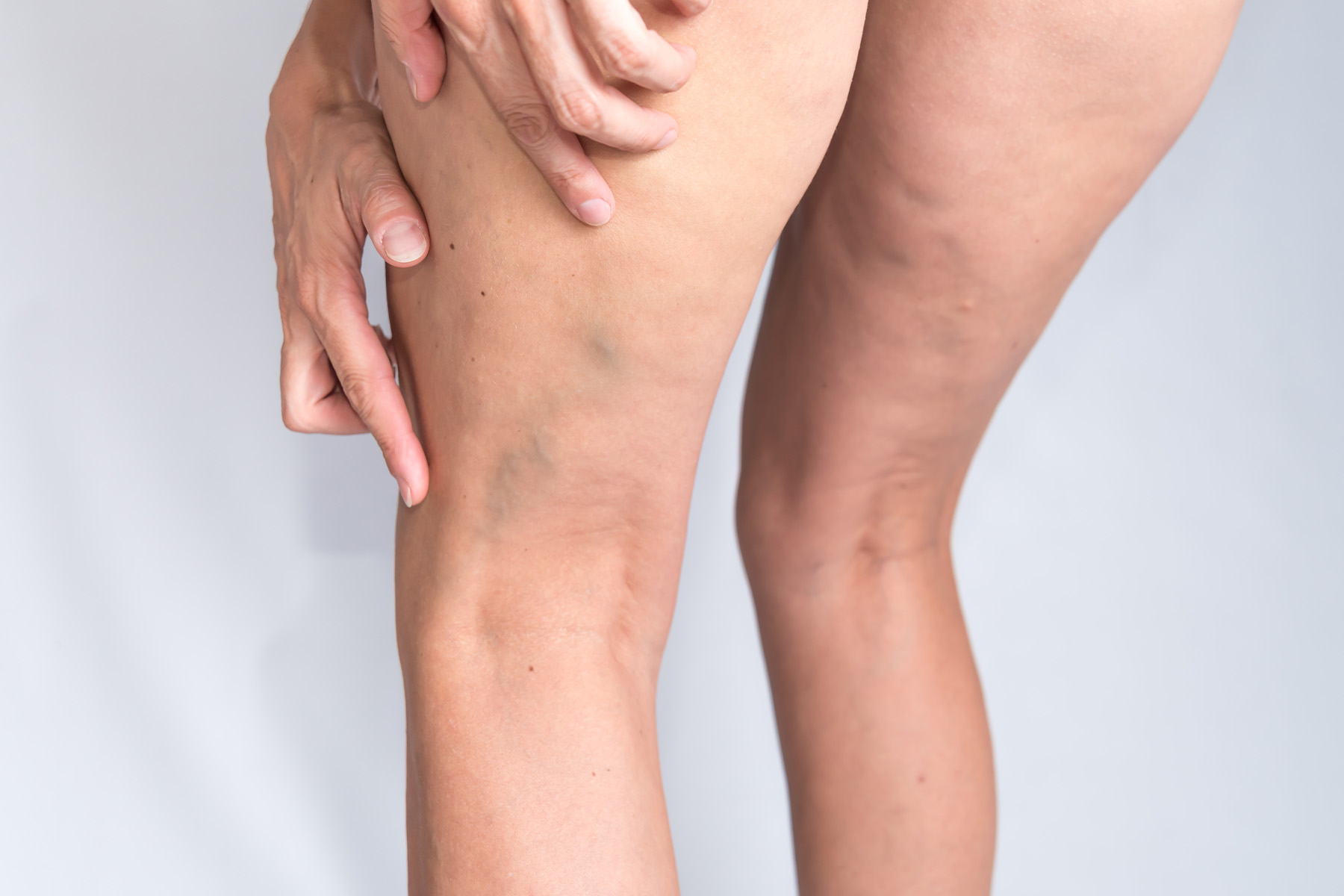
The Basics of Varicose Veins
Varicose veins are enlarged, swollen, and dark-colored veins commonly found in the legs. They result from dysfunctional valves within the veins, which disrupt normal blood flow. When blood cannot flow upward toward the heart, it flows backward and pools in the veins. This pooling creates increased pressure, causing the walls of the veins to stretch and become damaged.
Prolonged sitting or standing, leg injuries, genetics, and obesity are among the most common causes of varicose veins. Once these veins develop, people frequently report a range of symptoms, including:
- Leg pain (achiness)
- Swollen leg or ankle
- Heaviness in the affected leg
- Visible bulging vein
In their early stages, varicose veins can be managed at home with compression socks and lifestyle changes. However, some cases may require non-invasive treatments like sclerotherapy, which collapses the affected vein and redirects blood flow, reducing the risk of complications.
Are you concerned about the impact of varicose veins on your overall health? Take our online assessment to evaluate your vascular health.
Chronic Venous Insufficiency: The Underlying Issue
One in 50 adults with varicose veins will develop chronic venous insufficiency (CVI). CVI happens when a vein valve fails, causing blood to pool instead of moving to the heart. As CVI worsens, the weakened vein may break, allowing blood to leak into nearby tissue, which can lead to a venous ulcer.
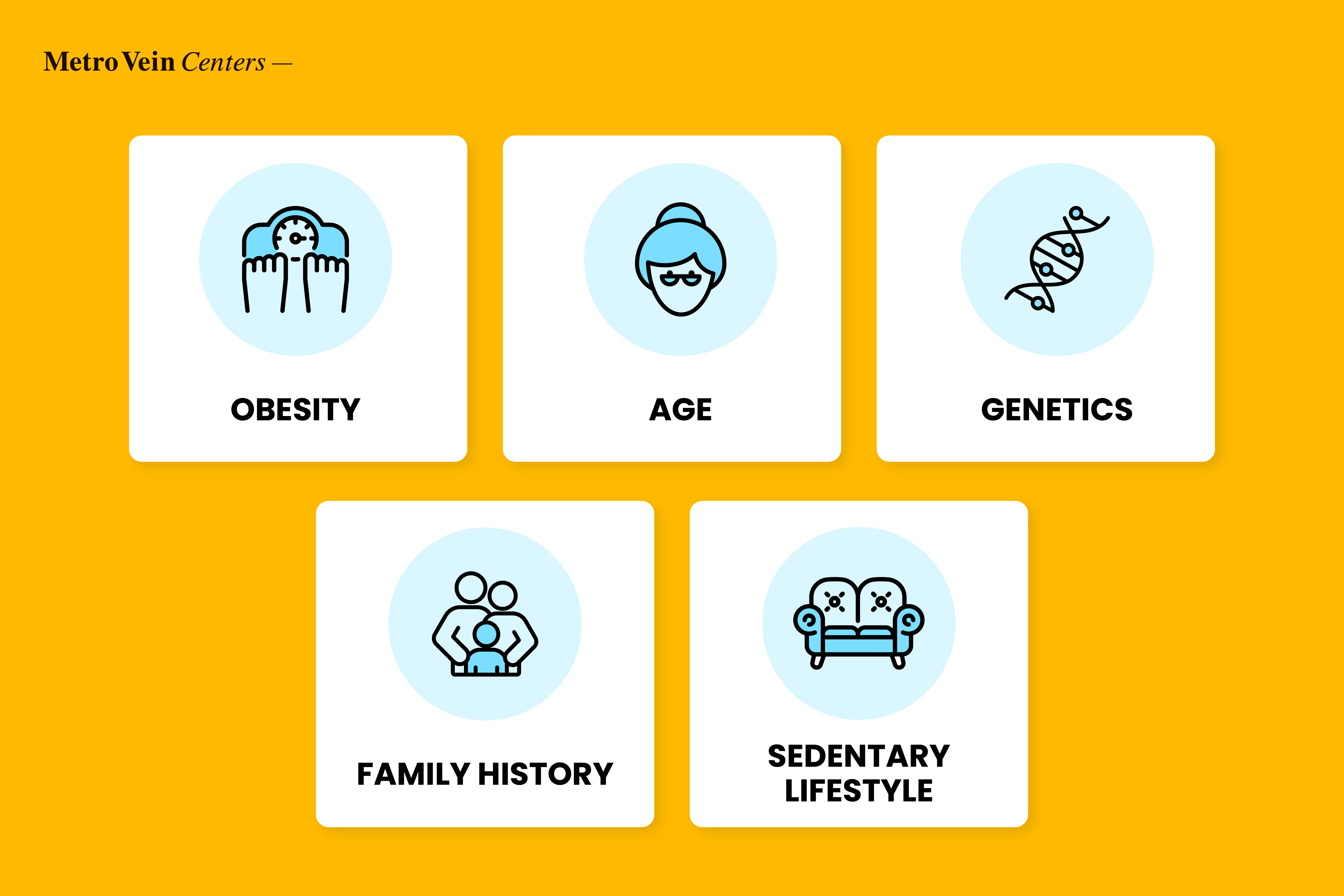
Varicose Veins and Cardiovascular Health
Varicose veins and other health conditions like heart disease affect the circulatory system but are not directly related. However, individuals with chronic venous insufficiency have a higher risk of cardiovascular disease. .
Additionally, both conditions share common risk factors, including:
- Obesity
- Age
- Genetics
- Family history
- Sedentary lifestyle
Increased Risk of Deep Vein Thrombosis (DVT)
People with varicose veins are at higher risk for deep vein thrombosis (DVT), a blood clot in a deep vein of the leg. The American Heart Association Journal notes that varicose veins can cause cosmetic issues and symptoms that increase the likelihood of DVT, and pulmonary embolism.
Although the exact link between varicose veins and DVT is not fully understood, researchers believe they may share common risk factors, making it more likely for both conditions to occur together.
Metabolic Conditions and Vein Health
Obesity and chronic health conditions, such as diabetes, can lead to metabolic changes that negatively impact inflammatory markers in the body. Over time, chronic inflammation can weaken the vein walls and ultimately cause damage.
Obesity: A Double Burden on Your Veins
Excess weight strains your muscles and veins, especially in the legs. This constant pressure can cause veins to stretch and bulge, leading to blood pooling and varicose veins. Moreover, extra body fat releases inflammatory substances that damage blood vessels, raising the risk of chronic venous insufficiency (CVI).
Diabetes and Its Impact on Vascular Function
Diabetes is a chronic condition in which the body cannot effectively remove excess glucose (blood sugar) from the bloodstream. This leads to high blood sugar levels, which, if left untreated, can lead to cardiovascular concerns.. Additionally, it can damage nerves and blood vessels. This vascular damage is often a result of poor blood flow and inflammation, which can weaken vessels.
Consequently, this may result in complications such as blood clots, and ulcers.
Varicose Veins and Circulatory System Disorders
People are more likely to develop varicose veins when their venous blood flow is disrupted. Excess pressure in the veins and physical obstructions such as blood clots are common causes of this disruption.
Peripheral Artery Disease and Varicose Veins
Peripheral artery disease (PAD) occurs when plaque builds up in the arteries, severely restricting blood flow. While it doesn't cause varicose veins, PAD limits blood flow to the legs and feet, leading to leg pain and increasing the risk of necrosis to the skin such as ulcers.
Skin Health and Varicose Veins
In the early stages, varicose veins may barely show, but they darken and bulge as they worsen. Beyond their unsightly appearance, they can also harm the skin. When the veins weaken, fluid can leak, breaking down the skin and causing venous ulcers. These ulcers are open sores that ooze fluid and pus. They are a serious complication of varicose veins and need immediate treatment to prevent infection.
Hormonal Influences on Vein Health
Decreased serum progesterone may play a role in the development of varicose veins in postmenopausal women. Pregnant women are also at an increased risk of developing varicose veins. In addition, high levels of estrogen has been associated with the clinical findings of varicose veins due to its ability to cause dilation, increasing venous pressure and distention. .
The Impact of Lifestyle on Varicose Veins and Overall Health
A sedentary lifestyle significantly increases the risk of varicose veins and other health conditions like venous ulcers. Individuals who sit for long periods, whether at work or during travel, exert extra pressure on their veins, leading to circulation problems. This issue also affects those who are disabled or bedridden, underscoring the importance of promoting better circulation and vein health.
Diet and Its Role in Vein Health
A balanced and healthy diet can significantly lower the risk of vein disorders, mainly because certain micronutrients play a role in the circulatory system.
These micronutrients include:
- Vitamin C - an antioxidant that improves circulation and vein tonality
- Vitamin E - protects against blood clots and improves blood flow
- Vitamin K - improves circulation and blood clotting
- Rutin - strengthens capillaries and reduces blood pressure
- Potassium - reduces water retention
When to Seek Medical Attention
It's essential to seek medical attention upon noticing a varicose vein. However, if you delay seeing a physician about it, be on the lookout for the following warning signs indicating that it is time to seek help:
- Leg pain
- Heaviness or achiness
- Ankle or leg swelling
- Visible bulging veins
- Skin discoloration
- Rough skin
- Itching skin above the vein
- Muscle cramping
- Open sore near the damaged vein
Importance of Early Intervention
Taking action early gives you access to non-invasive treatment options. If the condition progresses, however, you may have to consider minimally invasive or even invasive surgical procedures to address it. To reduce the risk of complications, prioritize regular vein screenings.
At Metro Vein Centers, your initial vein health evaluation is free. Additionally, over 97% of our vein treatments are covered by insurance.
Book your free evaluation today.
Frequently Asked Questions
-
Can treating varicose veins reduce the risk of cardiovascular events?
Yes. Varicose veins do not directly influence cardiovascular health, but treating them may lower the risk of deep vein thrombosis. -
How does chronic venous insufficiency affect overall health beyond the legs?
Chronic venous insufficiency can lead to depression or anxiety due to body image concerns and reduced quality of life. It can also raise the risk of cardiovascular disease. -
Are there specific exercises that can improve both varicose veins and heart health?
Swimming, walking, cycling, and calf raises are considered the best exercises to reduce varicose veins and improve heart health. These exercises are low-impact and improve circulation. -
What's the connection between varicose veins and hormonal changes during menopause?
Estrogen and progesterone decrease during menopause, weakening the vein walls and causing them to bulge and become varicose veins. -
Can managing diabetes help alleviate symptoms of varicose veins?
Managing diabetes can improve blood flow and reduce the risk of developing vascular disease. Increasing exercise, maintaining a healthy weight, and improving diabetes can also help to relieve some symptoms of varicose veins.
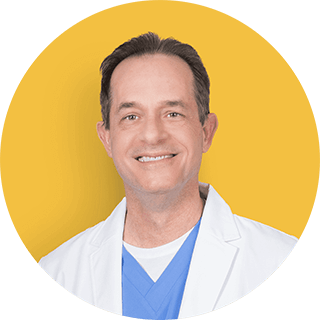
Dr. Philip LoPresti
Meet Dr. Philip LoPresti DO, DABVLM, FACS, a board-certified vein specialist and surgeon with over 20 years of experience. Schedule an appointment with him in Queens, NY today.
Meet Dr. Philip LoPresti
Trusted insight from the nationally accredited, board-certified vein doctors at Metro Vein Centers.


